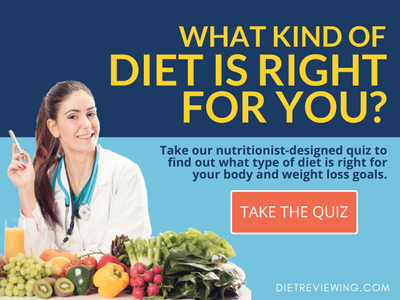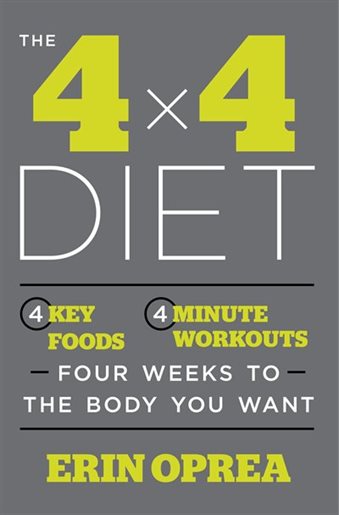
Jan 24, 2019 | Mixed/Balanced Diets, Natural Diets
The 4X4 Diet is an eating strategy based on a book by the same name. The concept is relatively straightforward, with a focus on clean eating incorporated into a healthy lifestyle. This book is written with people of all experience levels in mind, regardless of whether you’ve never been on a diet before or are an experienced athlete.
What is included in The 4X4 Diet?
The 4X4 Diet book includes many different features. These include the following:
- A straightforward and simple to follow program for clean eating
- Routines in Tabata style that suit everyone from beginner to advanced
- A meal plan
- An exercise schedule
- A number of recipes that are relatively simple to make, healthy and tasty, too.
Who Should Use The 4X4 Diet
The 4X4 Diet was designed to be used by virtually any healthy adult or child who wants to improve their nutrition and fitness. This diet is not made specifically to be a weight loss diet, but by eating and exercising properly, weight management can be the result.
Author of The 4X4 Diet, Erin Oprea, uses the book to discuss the complete philosophy, breaking it down into four sections. It is for this reason that the strategy has its name. There are four basic rules and the tabatas are each 4 minutes long. Though this may sound exceptionally simple, it is for precisely this reason that many people love it.
The Simplicity of The 4X4 Diet
Eating clean is the core of this diet. According to Oprea, there are four essential guidelines to clean eating. These include: reducing sugar intake, eliminating the consumption of starches at night, decreasing sodium intake and lowering alcohol consumption.
The book provides extensive information regarding how to observe these guidelines. Furthermore, it offers additional advice regarding what to stock in the fridge and pantry. These ingredients all suit the recipes the book provides for all three meals as well as for snacks and even occasional desserts.
The tabata workouts are some of the most popular parts of this diet. It’s easy to underestimate them. Many people try the next experience level too early and are surprised at how something so basic can also be very challenging. That said, the challenge is what makes them great and what keeps them interesting. The goal is to do between 4 and 5 of them each day, in addition to a warm up and cool down.

Dec 6, 2018 | Natural Diets
The Whole30 Diet is a lifestyle and elimination strategy designed – according to its founders – to “change your life.” Eating in this way is supposed to remove the food cravings you suffer, put your hormones back in balance, repair digestive struggles and correct a spectrum of medical conditions while improving immune function and raising energy levels. That sounds like an impressive list of claims, but with so many diet programs, it’s important to have a closer look before choosing one.
What is the Whole30 Diet?
The Whole30 Diet is based on the concept that many issues you’re struggling with are based on the foods you eat. That said, it’s impossible to know which foods cause what issues unless you eliminate virtually everything for a span of time and then begin careful reintroduction. Instead of providing a complete elimination diet, the Whole30 Diet is only 30 days long and focuses on the impact of alcohol, sugar, grains, dairy and legumes.
Therefore, people who think any of those foods may be the culprits behind their struggles could potentially be able to find out for certain by using this technique.
How the Whole30 Diet Works
The Whole30 Diet may be only a month long, but followers must eat very restrictively for those 30 days. Dieters will eat mainly whole foods – not processed foods – consisting primarily of vegetables. Banned foods include alcohol, sugar, grains, dairy and legumes. At no point are you allowed to cheat or you need to start the 30 days over again. This rule is consistent with elimination diets as even the smallest bite of the wrong ingredient derails the entire effort.
Moreover, the Whole30 Diet typically doesn’t allow for substitutions. You can’t replace your usual sweets with sugar-free alternatives. No diet pop to skip the sugar. No coffee whitener to replace the milk. You don’t replace these foods with artificial alternatives. You cut them out.
Whole30 Diet Planning and Support
Though the Whole30 Diet doesn’t require you to track any personal metrics or count calories, carbs or other nutritional factors, it still takes a lot of planning. The odds are that you won’t be able to eat any take-out or instant meals. You will need to find appropriate recipes, shop for those ingredients and prepare all your meals. You will find it challenging to eat out at the homes of friends or family unless you bring your own meals.
This means that there is quite the learning curve, but the Whole30 Diet does have quite a bit of support through its website and via social media. The resources are all available to answer questions and to keep up with everything you need to know to eat properly. The key is to have the motivation to keep it up for the full 30 days. It is highly recommended that you speak with a doctor before starting this or any other new eating strategy.
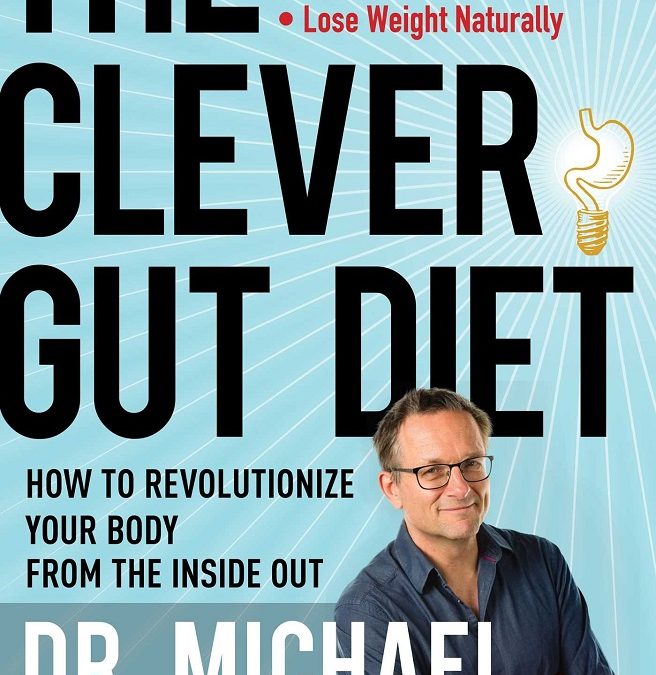
Nov 20, 2018 | Natural Diets
The Clever Gut Diet is a concept based on a book by Michael Mosley. This has become quite the controversial book as some people absolutely love what it stands for while others despise it. That said, regardless of whether you like this strategy or not, the author does practice it himself.
The Clever Gut Diet Functions from the Inside
The whole idea behind the Clever Gut Diet is that it helps a reader to work on their insides in order to obtain better results with their outside. Throughout its pages, Mosley instructs the reader with lessons regarding the purpose and function of the gut. He describes the way the digestive system converts food into the energy and other nutritional components the body requires.
He also points out that food is a primary component in the immune system. In fact, the digestive system is directly responsible for the production of more than two dozen hormones. Those hormones regulate many other functions of our body and will affect everything from our mood to the size of our appetites.
Fascinating Clever Gut Diet Book Facts
The Clever Gut Diet is a strategy that challenges the traditional belief of “calories in vs. calories out”. The author instead looks to the bacteria in the digestive system as the secret to achieving better nutrition, overall health and weight control. To do this, Mosley presents a long string of fascinating facts about the microbiome within the digestive tract.
The following facts are only some of those that can be found within the Clever Gut Diet’s pages.
• The average adult’s digestive tract contains between 2.2 and 4.5 pounds of bacteria and other microscopic organisms, making up what is recognized as the microbiome.
• The microbiome transforms foods your stomach couldn’t digest into a spectrum of useful chemicals and hormones.
• The digestive tract is home to the enteric system, which is composed of more than 100 million neurons. For this reason, many people refer to the gut as a form of second brain. These neurons have a form of communication with the microbiome’s inhabitants. The result affects your appetite, cravings, eating habits, moods, feelings and more.
• The life in your microbiome has a direct impact on your hunger signals, body weight and food craving regulation. It can also determine the size of blood sugar spikes and which foods produce those results.
• The microbiome’s inhabitants protect your digestive system against pathogens and are immune system regulators.
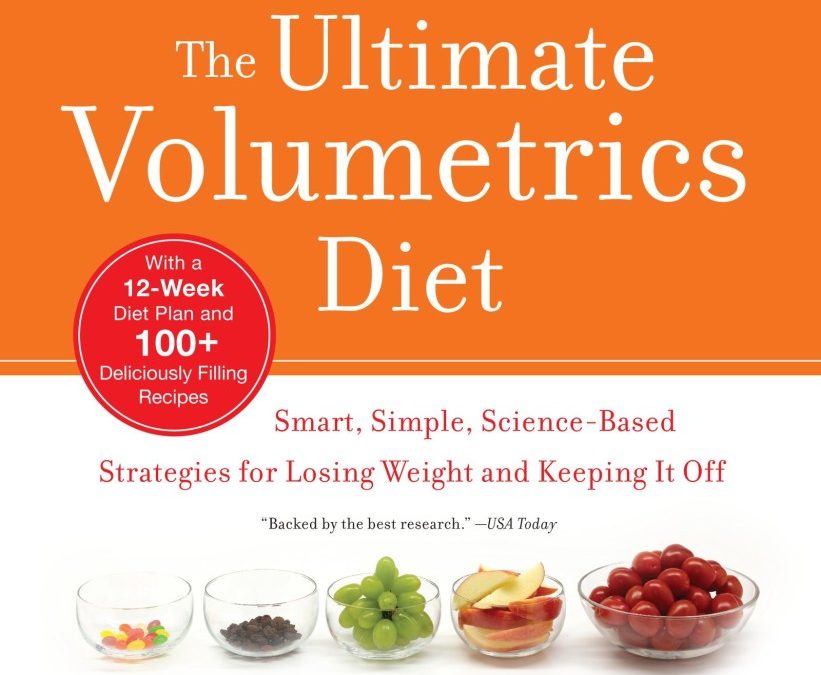
May 21, 2018 | Disease Prevention Diets, Natural Diets
The
Volumetrics Diet is a type of weight loss strategy. It is designed to function as a complete healthier lifestyle that will produce the best possible results. The official claims are that following its strategies will produce 1 to 2 pounds of weight loss per week. Moreover that rate will continue throughout the entire length of the dieting.
Typically speaking, that is considered to be a healthy rate of weight loss. Most doctors don’t recommend that dieters lose more than 2 pounds per week. A steady, gradual rate is usually preferable as it is more likely to stay gone once it has been lost.
What is the Volumetrics Diet?
The primary concept making up this plan is that followers eat high water content foods. Those foods should also be low in calories. It describes foods high in calories as being energy dense. These types of foods are restricted to options that come with health benefits.
The added water and fiber content in the foods that are recommended for highest consumption are meant to improve health and reduce the appetite. While high fiber and high water foods can help to control the appetite, it’s important to consume those options regularly.
Volumetrics Diet Top Foods
The types of foods that are recommended for consumption in the Volumetrics Diet are broken down into four categories.
The first category is very low energy density foods. These include broth based soups, non-starchy veggies, fruits and nonfat milk. The second category includes low density foods. They are starchy vegetables and fruits, low-fat meat, breakfast cereals, legumes, whole grains and low-fat recipes such as chili and spaghetti.
The third category includes medium density foods. These are options such as French fries, pizza, meats, cheeses, cake, salad dressings and ice cream. The fourth category includes the highest density foods in the Volumetrics Diet. These are chocolates, nuts, chips, crackers, cookies, oils and butter.
The preferred foods for consumption in this diet are in categories 1 through 3, with a focus on the first and second. The third category is allowed but in portion controlled amounts. Technically speaking though, there aren’t any banned foods. Despite the fact that it does lean toward healthier options, it doesn’t disallow junk food. That said, it needs to be consumed within the rules.

Volumetrics Diet Foods to Beat Cravings
Dieters are encouraged to eat foods in the form of liquids and pastes as much as possible. The reason is that they tend to contain the highest water content. The water is supposed to help ease hunger pangs.
There is also a focus on beating cravings when following the Volumetrics Diet. Dieters are supposed to listen to their cravings in order to satisfy them. That said, they are supposed to learn healthier and more appropriate ways to satisfy their cravings than what they would typically eat. Therefore, if they would usually reach for chips and dip, they should reach for veggies with hummus, instead.
In this way, the diet provides a similar eating experience. Still, it does so within a lower calorie range.
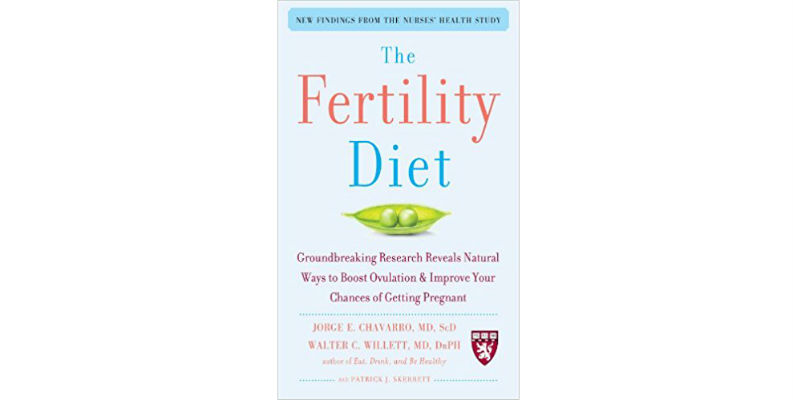
Apr 19, 2018 | Natural Diets
A natural fertility diet is a type of eating strategy meant to support a healthy reproductive system. If you are hoping to have a baby or if you want to ensure your body is in the best reproductive condition when the time comes to become pregnant, this may be the eating strategy for you.
The fertility diet is appropriate for both men and women. It includes foods that provide the necessary nutrients to support normal hormone production and function, egg health, fetal development, sperm health, blood health and other factors. It is a diet to help prevent reproductive issues in the future while correcting some that may already exist.
Why Choose a Fertility Diet?
It’s important to speak with your doctor before making any major changes to what you eat and how you eat it. That said, many people who choose a natural fertility diet do so for the following reasons:
• To improve the chances of pregnancy
• To help to prevent a miscarriage
• To support the health of the fetus throughout the length of the pregnancy
• To help prevent birth defects caused by nutrient deficiency
• To help to balance and treat PCOS and improve the odds of pregnancy despite PCOS
Is There Research Supporting a Fertility Diet?
A fertility diet does not require you to eat certain specific foods or cut out others. It is a type of strategy that encourages balanced nutrition focusing on the areas most important to reproductive health.
Therefore, while there is a substantial body of research supporting healthy eating and the use of food for reproductive health, there isn’t as much research on a Fertility Diet. The reason is that the foods eaten from one person to the next would be different. It would be very difficult to accurately track the effectiveness of that type of eating strategy.
That said, there is considerable evidence to indicate that eating certain foods can help to boost reproductive health. Therefore, following a diet that focuses on consuming a balance of those foods may be highly beneficial.
What to Eat on a Fertility Diet
Most natural fertility diets will require a follower to eat a significant amount of organic fruits and vegetables. Organics are often recommended to avoid potential contamination to a parent or the baby with pesticides and herbicides. It is not known whether those chemicals can harm fertility, so the idea is to avoid them in order to be safe rather than sorry.
A fertility diet also focuses on high quality lean proteins, healthy fats and whole grains. It recommends cutting sugar and reducing sodium if necessary. Adequate hydration throughout each day is also a primary focus.






